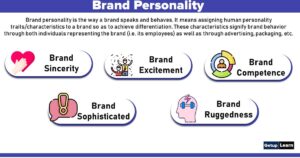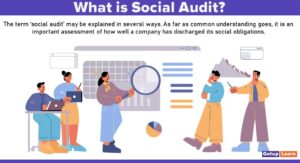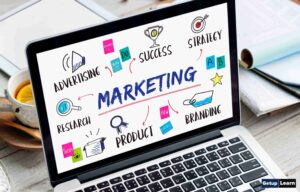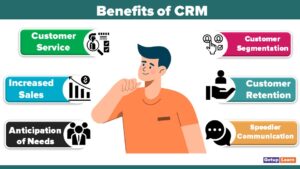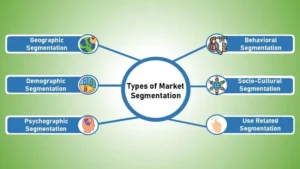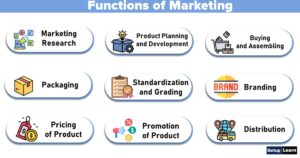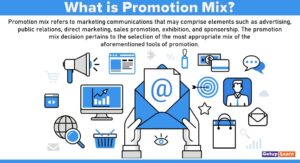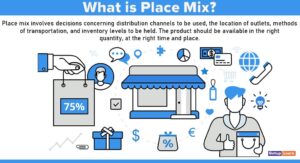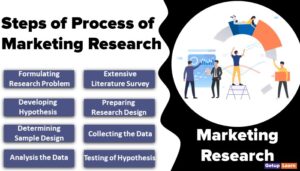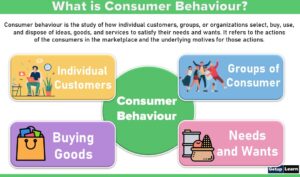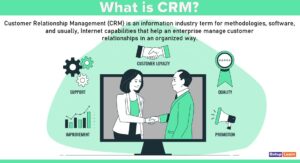Table of Contents
What is New Product Development?
By new products, we mean original products, product improvements, product modifications, and new brands that the firm develops through its own research and development efforts.
A new product will be considered anything which is perceived by the consumer or with which the firm has no previous experience.
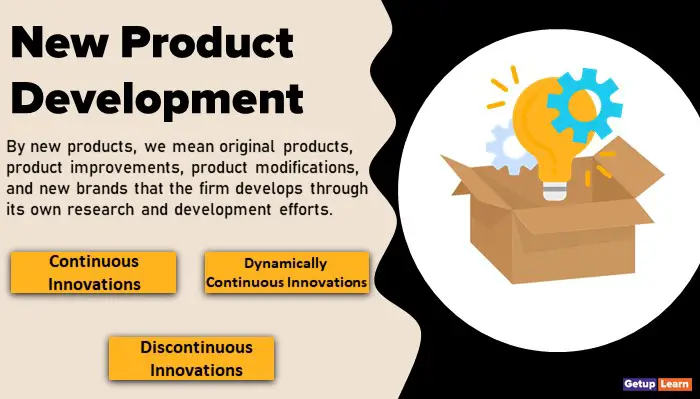
From a firm’s point of view, a product is new when existing products are improvised, capacity or life is enlarged or more satisfying ingredients are added to the existing products. A firm in order to deliver a new product faces the problems as that of releasing totally new product to the market.
It could also be that a product is new to the firm but not new to customers or the product may be new to customers but not new to the company.
Classification of New Products
These are the classification of new products:
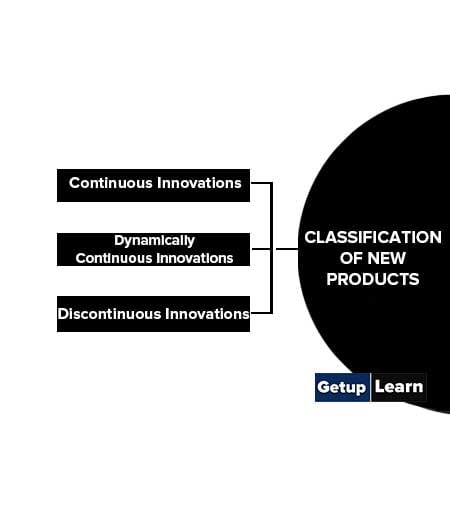
Continuous Innovations
Continuous innovation is adding/removing features in the products to suit changing consumer needs. Here, the following types are continuous innovations:
- Cost Reductions
- Repositioning
- New and Improved Products
- Additions to Existing Product Lines
- New Product Lines
Cost Reductions
These new products are developed by reducing production costs by applying new technology.
For example, changing over to plastic molded parts in automobiles has considerably reduced the cost of manufacturing and raw materials. This has also helped reduce the weight of automobiles, increasing fuel efficiency.
Repositioning
This happens whenever a product is repositioned to include different segments of consumers, or is re-launched for a different use, or is re-marketed after its temporary withdrawal.
For example, Tata’s Ace (Chhota– Haathi) was launched as a mini truck and with its success, it was repositioned and launched as a new product, Ace-Magic, a passenger version.
New and Improved Products
Whenever a company launches a product with improvements in its features and benefits, it is also called a new product.
For example, Tata Indica was launched as a new product with improvements such as Indica Vista.
Additions to Existing Product Lines
Additions to existing product lines are derivatives or variations of existing products.
For example, Coke-Diet Coke, Horlicks-Elaichi Horlicks, Chocolate Horlicks, Junior Horlicks, etc. If these variations are launched with another brand name, they are called flankers. E.g. Pepsi-Mountain Dew, Coke-Sprite, Rin-Sunlight, Wheel, etc.
New Product Lines
When products new the company are launched but the brand exists in the market through other products it is called new product lines.
For example, Cadbury’s launching cookies (existing line chocolates and Bournvita), Horlicks launching biscuits and oats (existing line-health foods), HUL launching water purifiers (existing lines-cosmetics, personal products, soaps/detergents) When new product lines are launched under the same brand name it is called brand extension.
Dynamically Continuous Innovations
Following are some examples of dynamically continuous innovations:
Major Additions to Existing Product Lines
When the company makes major additions to an existing product line that is affecting the total behavior of the customer towards the company, it is a major addition to the existing product line.
For example, Banks going in for ATM machines, online and mobile banks, etc.
New to the World Product Lines
When a company comes up with a completely revolutionized version of an existing product that is new to the world or comes up with a totally new concept, it is a new world product. For example, the Electric car.
Discontinuous Innovations
Discontinuous Innovations are products perceived by customers to be radically new, causing buyers to significantly alter their behavioral patterns, and also usually entailing extensive technological breakthroughs.
OTT (Over–The–Top) are purchased differently than DVDs bought or rented. Electric cars require battery recharge.
Product Failure
There is a number of reasons that change consumer preferences on the products. Lifestyle, age, and preferences seldom remain constant. Shorter product life cycles, increasing costs, government policies, threats from rival organizations, and technological changes – all affect the success of a new product in the market.
Stages of New Product Development
New product development is a task taken by the company to introduce newer products in the market. Regularly there will arise a need in the business for new product development. Your existing products may be technologically outdated.
You have different segments to target or you want to cannibalize an existing product. In such cases, New product development is the answer for the company. There are 7 stages of new product development:
- Idea Generation
- Idea Screening
- Concept Development and Testing
- Marketing Strategy Development
- Product Development
- Test Marketing
- Commercialization
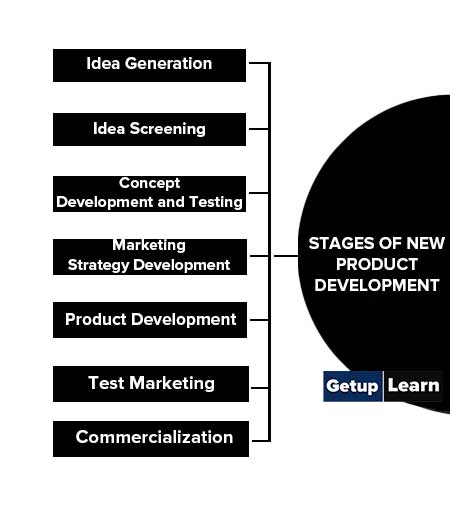
Idea Generation
In this, you are basically involved in the systematic search for new product Ideas. A company has to generate many ideas in order to find one that is worth pursuing. The Major sources of new product ideas include internal sources, customers, competitors, distributors, and suppliers.
Almost 55% of all new product ideas come from internal sources according to one study. Companies like 3M and Toyota have put in special incentive programs or their employees to come up with workable ideas. Almost 28% of new product ideas come from watching and listening to customers.
Customers: even create new products on their own, and companies can benefit by finding these products and putting them on the market like Pillsbury gets promising new products from its annual Bake-off. One of Pillsbury’s four cake mix lines and several variations of another came directly from Bake-Off winners’ recipes.
Idea Screening
The second step in New product development is Idea screening. The purpose of idea generation is to create a large pool of ideas. The purpose of this stage is to pare these down to those that are genuinely worth pursuing.
Companies have different methods for doing this from product review committees to formal market research. It is helpful at this stage to have a checklist that can be used to rate each idea based on the factors required for successfully launching the product in the marketplace and their relative importance.
Against these, management can assess how well the idea fits with the company’s marketing skills and experience, and other capabilities. Finally, the management can obtain an overall rating of the company’s ability to launch the product successfully.
Concept Development and Testing
The third step in New product development is Concept Development and Testing. An attractive idea has to be developed into a Product concept. As opposed to a product idea that is an idea for a product that the company can see itself marketing to customers, a product concept is a detailed version of the idea stated in meaningful consumer terms.
This is different again from a product image, which is the consumers’ perception of an actual or potential product. Once the concepts are developed, these need to be tested with consumers either symbolically or physically.
For some concept tests, a word or a picture may be sufficient, however, a physical presentation will increase the reliability of the concept test. After being exposed to the concept, consumers are asked to respond to it by answering a set of questions designed to help the company decide which concept has the strongest appeal. The company can then project these findings to the full market to estimate sales volume.
Marketing Strategy Development
This is the next step in new product development. The strategy statement consists of three parts: the first part describes the target market, the planned product positioning, and the sales, market share, and profit goals for the first few years.
The second part outlines the product’s planned price, distribution, and marketing budget for the first year. The third part of the marketing strategy statement describes the planned long-run sales, profit goals, sales, costs, and profits to find out whether they satisfy a company’s objectives. If they do, the product can move to the product development stage.
Product Development
Here, R&D or engineering develops the product concept into a physical product. This step calls for a large investment. It will show whether the product idea can be developed into a full-fledged workable product.
First, R&D will develop prototypes that will satisfy and excite customers and that can be produced quickly and at budgeted costs. When the prototypes are ready, they must be tested. Functional tests are then conducted under laboratory and field conditions to ascertain whether the product performs safely and effectively.
Test Marketing
If the product passes the functional tests, the next step is test marketing: the stage at which the product and the marketing program are introduced to more realistic market settings. Test marketing gives the marketer an opportunity to tweak the marketing mix before going into the expense of a product launch.
The amount of test marketing varies with the type of product. Costs of test marketing can be enormous and it can also allow competitors to launch a “me-too” product or even sabotage the testing so that the marketer gets skewed results. Hence, at times, management may decide to do away with this stage and proceed straight to the next one.
Commercialization
The final step in new product development is Commercialization. Introducing the product to the market-it will face high costs for manufacturing and advertising and promotion. The company will have to decide on the timing of the launch (seasonality) and the location (whether regional, national or international).
This depends a lot on the ability of the company to bear the risk and the reach of its distribution network. Today, in order to increase speed to market, many companies are dropping this sequential approach to development and are adopting the faster, more flexible, simultaneous development approach.
Under this approach, many company departments work closely together, overlapping the steps in the product development process to save time and increase effectiveness.
What are the classifications of new product development?
Classification of new product development are:
1. Continuous Innovations
2. Dynamically Continuous Innovations
3. Discontinuous Innovations.
What are the stages of new product development?
7 Stages of new product development are:
1. Idea Generation
2. Idea Screening
3. Concept Development and Testing
4. Marketing Strategy Development
5. Product Development
6. Test Marketing
7. Commercialization.

